From your backyard to your favorite national park, nature is closer than you think. It’s time to get out and enjoy it.
‘Connecting People to Nature’, the theme for World Environment Day 2017, implores us to get outdoors and into nature, to appreciate its beauty and its importance, and to take forward the call to protect the Earth that we share.
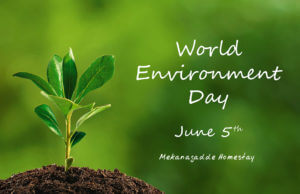
The value of nature
In recent decades, scientific advances as well as growing environmental problems such as global warming are helping us to understand the countless ways in which natural systems support our own prosperity and well-being.
For example, the world’s oceans, forests and soils act as vast stores for greenhouse gases such as carbon dioxide and methane; farmers and fisher-folk harness nature on land and under water to provide us with food; scientists develop medicines using genetic material drawn from the millions of species that make up Earth’s astounding biological diversity.
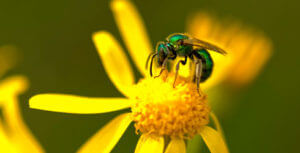
Billions of rural people around the world spend every working day ‘connected to nature’ and appreciate full well their dependence on natural water supplies and how nature provides their livelihoods in the form of fertile soil. They are among the first to suffer when ecosystems are threatened, whether by pollution, climate change or over-exploitation.
Nature’s gifts are often hard to value in monetary terms. Like clean air, they are often taken for granted, at least until they become scarce. However, economists are developing ways to measure the multi-trillion-dollar worth of many so-called ‘ecosystem services’, from insects pollinating fruit trees in the orchards of California to the leisure, health and spiritual benefits of a hike up a Himalayan valley.
Hit the park
This year’s World Environment Day is an ideal occasion to go out and enjoy your country’s national parks and other wilderness areas. Park authorities in some countries may follow Canada’s example and waive or reduce park entry fees on June 5 or for a longer period.
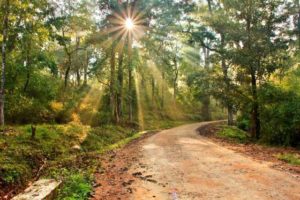
Once you are there, why not set yourself a challenge (seek out a rare mammal, identify five butterflies, reach the remotest corner of the park). Record what you see, and send us a photo of yourself and/or your discoveries so we can post it on our digital channels and encourage others to go exploring too.
You could join the growing number of citizen scientists. More and more smartphone apps help you log your sightings and connect with others who can identify the species. The records feed into conservation strategies and map the effects of climate change on biodiversity.
Nature up close
Connecting to nature can involve all the physical senses: why not take off your shoes and get your feet (and hands) dirty; don’t just look at the beautiful lake, jump in! Take a hike at night and rely on your ears and nose to experience nature.
You can also connect with nature in the city, where major parks can be a green lung and a hub of biodiversity. Why not do your bit to green the urban environment, by greening your street or a derelict site, or planting a window box? You could put a spade in the soil or lift a paving slab and see what creatures live beneath.
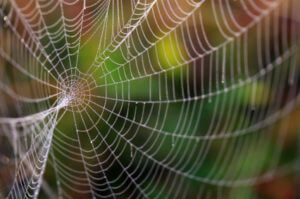
Wherever you are, you could vow to pick up 10 (or 100) pieces of trash, or take inspiration from the citizens of Mumbai, India, and organize a mass beach clean-up.
Your activity doesn’t have to take place on 5 June itself. UN Environment, for instance, will soon begin testing your knowledge and raising your appreciation of a healthy environment with competitions and online quizzes and provide a whole menu of ideas to help you celebrate the day.
In the age of asphalt and smartphones and among the distractions of modern life, connections with nature can be fleeting. But with your help, World Environment Day can make clearer than ever that we need harmony between humanity and nature so that both are able to thrive.
Source: worldenvironmentday.global
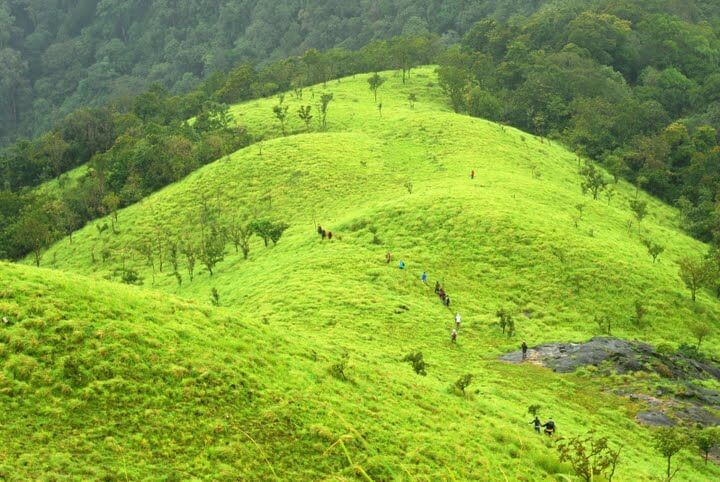
Leave a Reply
You must be logged in to post a comment.